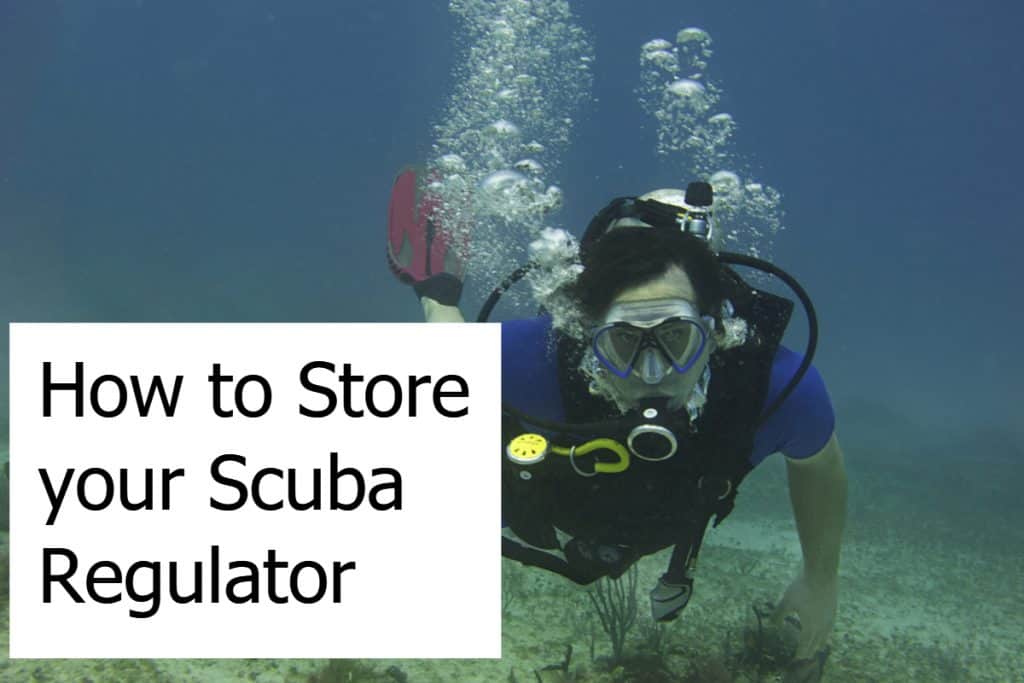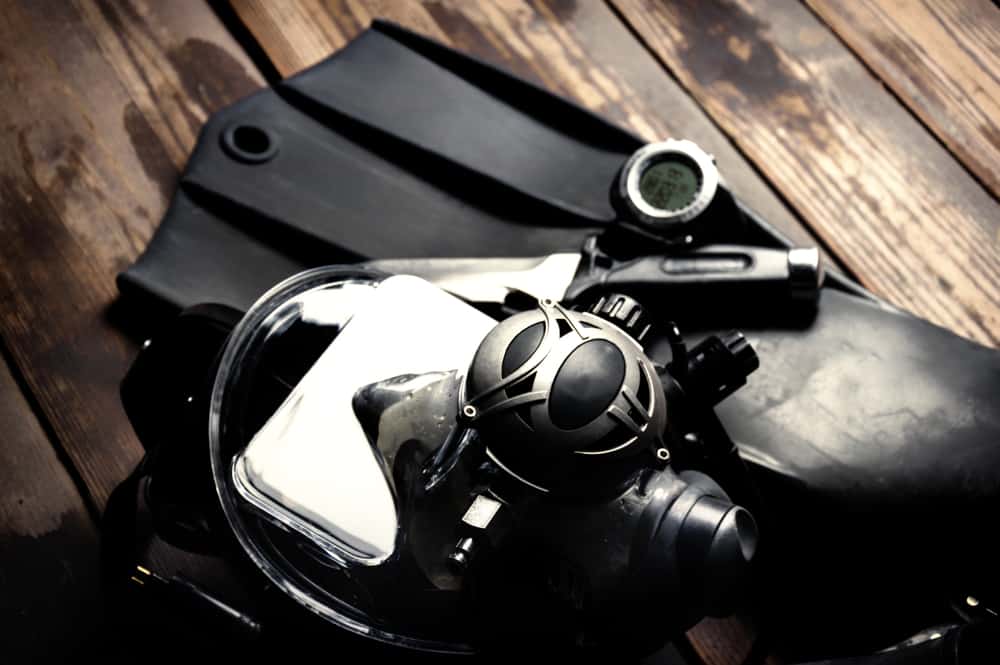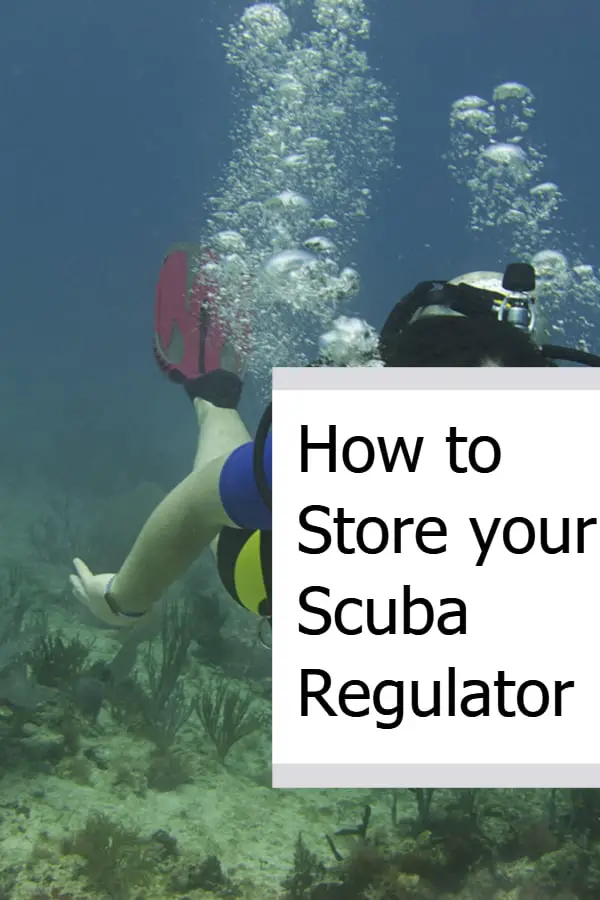How to Store your Scuba Regulator
Scuba diving is a thrilling and fun sport that once you start, it is hard to stop! That is because of the exhilarating experiences you get under the water; it is like discovering a whole new world you never knew existed.

Once you get into scuba diving, it is likely you’re going to purchase your own equipment, and as you will find out, scuba equipment doesn’t come cheap! That is why you want to make sure you clean and store it properly to make sure it lasts you a long time. Plus, if it’s cleaned and stored properly, you will be able to make sure it is working properly, which is essential when you are underwater.
One of these pieces of equipment is the regulator. A regulator is probably one of the most important pieces of gear with you when you are diving – it is what carries the air from your tanks to you, making sure you can breathe. So, having a safe and properly-stored regulator is very important for your dive. Below, we will discuss in detail how to clean and store your regulator so it is ready for your next dive!
How to Thoroughly Rinse and Clean Your Regulator
Properly rinsing and cleaning your regulator after a dive is the first step to ensure that you are storing it well. During your dive, your regulator picks up salt from the water and other contaminants, such as algae or debris. These unwanted substances can creep into the tiny crevasses of your regulator, which is why a thorough rinse is necessary.
As soon as you get done with your dive, rinse your regulator with warm freshwater. There are a few precautions that you have to take before doing this because you do not want water entering your 1st stage; that could cause a lot of problems for you later.
Rinse the entire unit with the regulator still attached to the cylinders and the air still on using a hose. Then, use the hose with a low setting pressure to rinse the individual areas of the regulator, including the mouthpiece and the 1st stage. Make sure everything is still assembled and on; this will ensure that no water gets into the 1st stage.
If you choose to remove the regulator from the tank before rinsing it, you need to be careful about letting the water in. Start by drying the dust cover and then use your finger to cover the inlet on your 1st stage. The dust cover alone won’t be enough to create the seal you need. Do not press the purge button at any point while putting water on your regulator as this will allow the water to get inside and cause damage.
Do You Need to Store Your Regulator In A Dry Place?
Storing your regulator, once it is dry and in a dry place, is very important because leaving it wet can cause it to get damaged. After your dive, and after you rinse your regulator, it is surely going to be wet, but don’t put it out in the sun to dry!
Once you are done rinsing your regulator, use a towel to pat it dry, and then leave it in an open and airy area to dry out completely. Make sure this place is shaded and every part of your regulator is completely dry before you put it away for storage.

Can Storing in Sunlight Be Harmful To A Dive Regulator?
Yes! Direct sunlight can cause discoloration of your regulator as well as speed up the process of deterioration. The high temperatures from the sun, along with its rays, can cause the material to degrade rapidly. Store your regulator in a cool, dark place that doesn’t have extremely varying temperatures and no harsh light.
The sunlight can cause the material of your regulator to start cracking and become brittle, which can be dangerous on a dive.
Should You Hang a Scuba Regulator Up to Store?
Hanging up your regulator can cause dents and permanent stress points on your hose. These dents and bent areas can start cracking over time. This is especially true for the 1st stage, where the joints tend to crack very easily. The best way to store your regulator is on a flat surface if you are planning to store them for a long time. If you are storing them for a short time and plan to go diving again fairly soon, you can coil them and put them in their regulator bag so they are ready to go for your next dive!
Even if you are storing them flat, make sure to check all sides of your hose to make sure there is no deterioration or cracking before you head over to your dive.
How Long Can You Store a Dive Regulator?
Regulators should be used and moved around as often as once a month to make sure the soft materials on the equipment do not become hard; that can cause cracking and general deterioration. You should not store your regulator for longer than 6 months without use, and even if you are storing it for that long, make sure to get it serviced before you go for a dive.
The internal structures of your regulator tend to weaken over time. Get it checked to make sure everything is working fine!
Do You Need to Pressurize Your Regulator(s) And Hoses When Storing Them?
If your regulator does not have a storage function where it will take the pressure off the 2nd stage itself, you can simply do it yourself. You need to reduce the pressure on the seat, which will wear out over time with extra pressure.
However, fully depressing the purge and removing all the pressure will also cause strain. Depressurize your regulator enough so the 1st stage seat is not in contact with the orifice, but not more. This will help you extend the lifespan of your regulator.
How Often Should Dive Regulators Be Serviced?
First and foremost, you should remember no matter how little time has passed after service, if you have any doubt that your regulator is not working properly, you should get it checked and serviced. Most professionals recommend having your regulator serviced at least once a year, or after every 40 dives; whichever one comes first.
Once you have them serviced, you can trust that your regulator will be working in perfect condition, meaning you won’t have any unexpected problems or surprises on your next dive.
Caring for your equipment is a crucial part of diving because equipment that isn’t working properly can be extremely detrimental.

Comparing Diaphragm Scuba Regulator vs Piston Scuba Regulator – Differences Explained
How do you Ensure That Your Regulator is Working When Using Them the First Time After a While?
There are a few steps that need to be conducted if you haven’t used your regulator for a while and want to make sure it is working properly. First, carefully look over all parts of your regulator, including the hose, the joints, and the 1st and 2nd stage. Make sure there are no cracks or bends that need fixing.
Connect your regulator to your gas cylinder before the dive and take a few breaths from the second stage. Make sure your SPG is giving you the correct reading and the air is flowing properly. Take a second to listen for any escaping air and that the 2nd stage is not free-flowing.
Turn off the airflow from the cylinder and press the purge buttons and inhale from the 2nd stage; no air should be flowing through or a very minuscule amount should be felt. If you feel anything at all is off about your regulator, have it serviced before your dive.
Make sure that you also test and check your Octo regulator (What Kinds of Scuba Octopus Regulators are There?) while dealing with your first stage and second stage regulators!
Final Thoughts
A regulator is much like your lifeline when you are underwater. This is why caring for it and storing it properly is so important. Go over every step, from cleaning to storing and even servicing it, to make sure your equipment is working to the best of its ability for the longest possible time.
No one likes spending money over and over again on the same things, so why not care for the equipment in the first place to avoid the hassle of having to replace your regulator often.
Please use the image below to pin to Pinterest!

